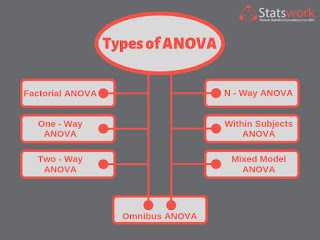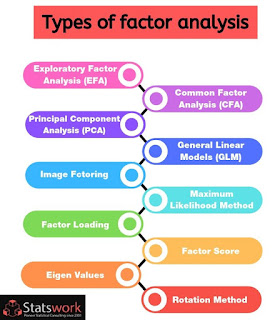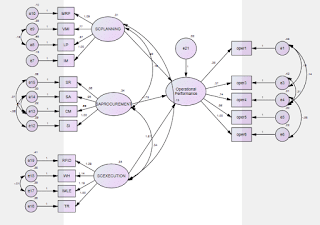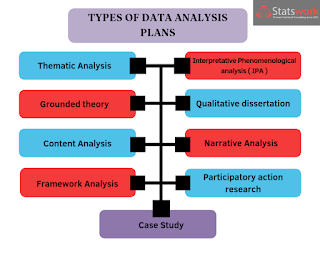Analysis of variance (ANOVA) - Statswork

ANOVA is a statistical tool used for comparing statistical groups using the dependant and the independent variables. Analysis of variance (ANOVA) is a technique that uses a sample of observations to compare the number of means. ANOVA calculates statistical differences between two or more means for either groups or variances. The measured variables are called dependent variable e.g. Test score, while the variables which are controlled are termed as independent variable e.g. Test paper correction method. Statswork is one among the country’s leader in providing ANOVA and statistical consultancy services. Contact Statswork for availing our services. Analysis of variance Analysis of variance (ANOVA) is a statistical technique which is used to compare datasets. It is commonly referred to as Fisher’s ANOVA or Fisher’s analysis of variance . It is similar to that of t-test and z-test, which are used to compare mean along with relative variance. However, in ANOVA, it is best suit


